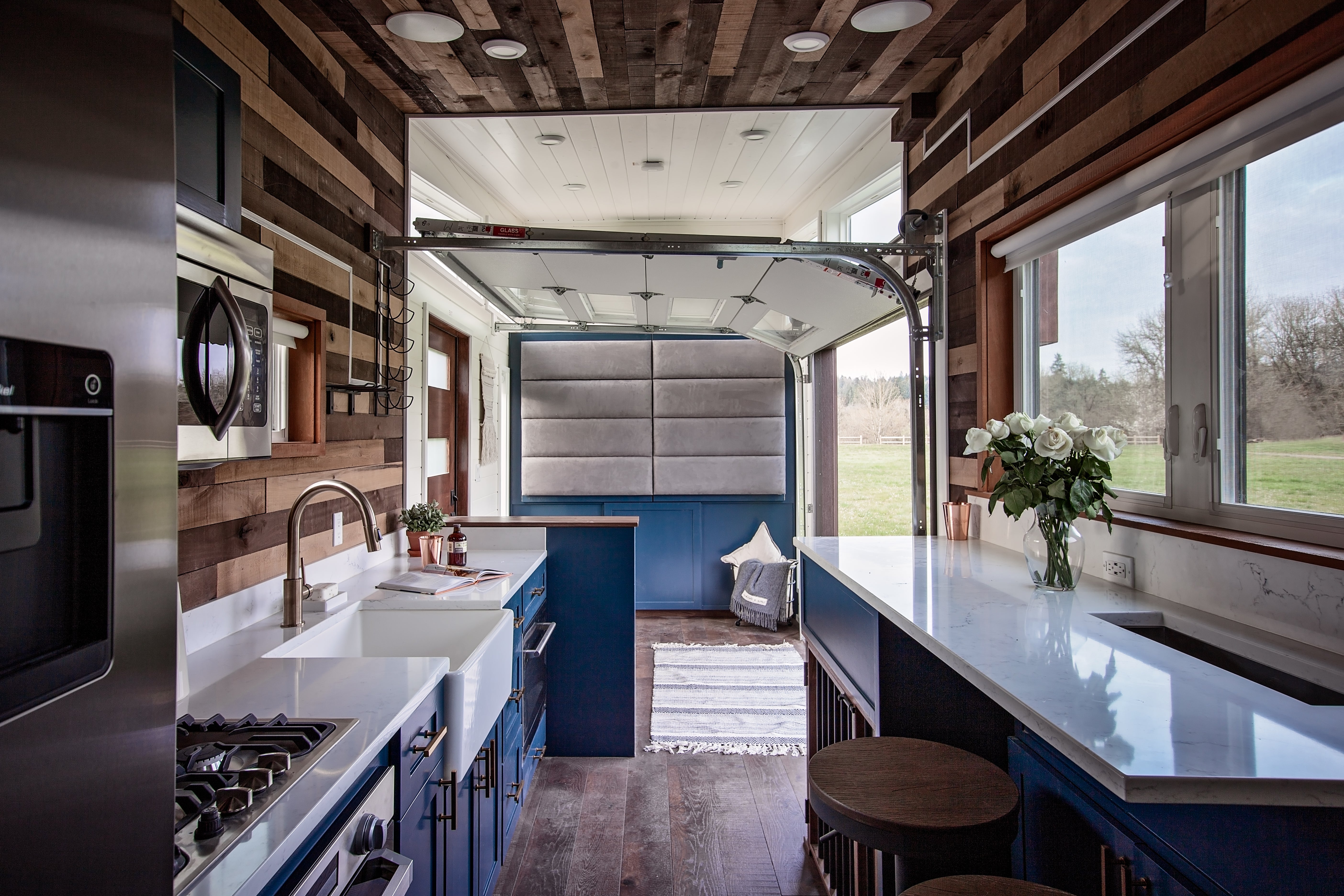The prospect of funding a roofing project can be overwhelming for many homeowners. With the average roof replacement often ranging between $5,000 $10,000, staying on budget is important.
Fortunately, there are proactive approaches to help manage the costs without significantly impacting your savings. This article discusses practical ways to secure financing for your roofing needs, giving you peace of mind and a solid shelter over your head.
Explore Your Financing Options
Homeowners have several financing options available when it comes to roofing projects. Traditional loans typically come to mind, but some alternatives may provide better flexibility and lower interest rates. Start by considering a home equity loan or a home equity line of credit (HELOC). These options allow you to borrow against the equity you've built in your home, often offering lower interest rates than personal loans.
Yet, they do tie the debt to your home, so it’s important to proceed with caution. Another popular choice is a personal loan. While these usually come with slightly higher rates, approval processes are often quicker, and they can be used for a range of expenses affiliated with the project. Finding a reputable lender is key; researching interest rates and terms will help you make an informed decision.
Consult Local Roofing Professionals
Partnering with a trusted roofing contractor can yield significant benefits during your financing journey. The team behind Johnson Restoration says that consulting with professionals can provide insights into the average costs based on your project, ensuring you have a realistic budget in mind. Beyond just quotes, reputable contractors often offer financing solutions directly through partnerships with lenders.
Enlisting a professional can help you avoid potential pitfalls. Experienced roofers understand the ins and outs of the roofing industry and can advise whether it might be best to repair instead of replace. They can assist with navigating labor costs, material selections, and other variables that significantly impact the project costs. This expertise can enhance the decision-making process, making sure your investment is sound.
Government Assistance Programs
Various government programs exist, designed to assist homeowners in financing important home repairs and upgrades. Federal and state initiatives are available to provide low-interest loans or grants for those who qualify. Programs such as the USDA Rural Development program cater specifically to lower-income households in rural areas, while local municipalities may have their initiatives aimed at supporting home improvements.

Eligibility can vary by program, but starting your search with government websites will shed light on opportunities tailored to your region. Think about engaging with local community housing agencies, as they can provide guidance and resources concerning financing options suited to your situation.
Utilize Manufacturer Financing Offers
Many roofing material manufacturers offer financing to help consumers manage the cost of roof installation. These programs often come with promotions such as deferred interest or reduced rates. Leveraging these financing options can prove beneficial if you're planning a roof replacement during off-peak seasons, when discounts are more common. Before committing, carefully read the terms associated with these offers.
Ensure that you understand any fees, payment schedules, and interest implications, as not all financing deals are created equal. Utilizing manufacturer financing can reduce upfront costs and make it easier for you to afford high-quality materials.

Build Your Savings with a Roofing Savings Plan
Creating a specific savings plan substantially eases the burden associated with unexpected roofing projects. Start by assessing your monthly budget and determining how much you can set aside for your roofing needs. Opening a dedicated savings account designed for home repair projects can help you resist the temptation to dip into those funds for non-related expenses.
Consistency is key. Allocate funds regularly to this account each month, focusing on adding additional income when possible. Whether it’s from a side job, overtime, or bonuses, every little bit helps. Having a dedicated savings cushion can lead to more significant savings that might cover a substantial portion, if not all, of your roofing costs.
Explore Community Programs and Nonprofits
Some communities provide assistance programs that aid homeowners needing roofing repairs or replacements. Nonprofit organizations such as Habitat for Humanity may offer either financial help or directly assist with roofing projects for qualified families.
Reaching out to local charities may unveil unexpected support that could ease the strain of your financial burden. This path typically requires some form of community service or engagement in exchange for the assistance provided, allowing you to contribute positively to your surroundings while receiving vital help for your home repairs.
Make Use of Credit Cards Wisely
While credit cards can be a double-edged sword, they can serve as a convenient financing option if approached cautiously. Utilizing a card with a 0% introductory APR on purchases can allow you to spread payments without accruing interest initially.
Being strategic is critical. Make sure you can cover the full amount before the introductory period ends. Otherwise, the remaining balance speaks to high-interest rates that could compound quickly, turning your manageable repayment into a challenging number to close.

Create Flexibility with a Payment Plan
Some roofing companies offer payment plans that allow homeowners to pay for their projects in installments instead of one lump sum. This flexibility can provide relief, making larger projects appear less daunting.
Many contractors understand that upfront costs can deter clients, so they may work with you to establish a repayment plan that suits your budget. When considering this option, ensure to discuss terms upfront. Clarifying interest rates, payment frequency, and total amounts will streamline your financial journey.
Maintain Your Roof to Prevent Future Costs
Preventive maintenance can play an important role in minimizing long-term roofing expenses. Regular inspections and upkeep can address small issues before they transform into costly repairs or replacements. Setting aside funds for routine maintenance can allow you to stay ahead of problems, making your roof last longer and protecting your initial investment.
Learning some basic DIY techniques can empower homeowners to carry out minor repairs independently. Knowing how to make small fixes can save a significant amount of money and keep your roofing project manageable. Making informed financial decisions regarding roofing projects can alleviate the pressure on your savings while ensuring high-quality results.
By exploring various financing options, consulting with industry professionals, and leveraging community programs, you can achieve safe and secure roofing without compromising your budget.






Share: